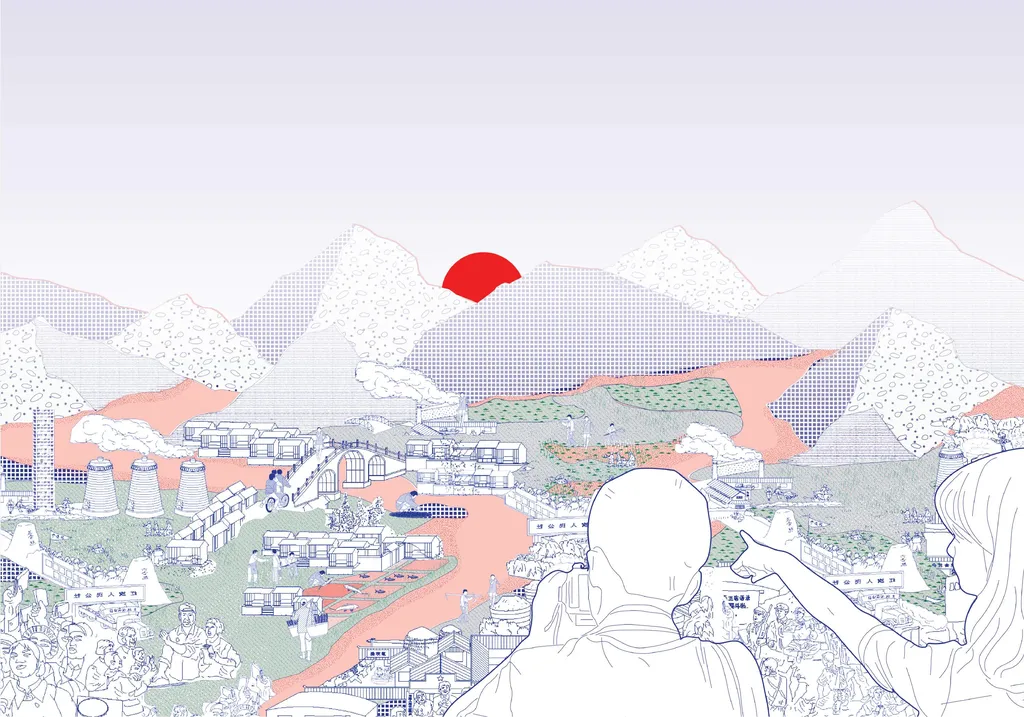In the heart of Catalonia, a groundbreaking study led by Jaume Masip-Tresserra from Delft University of Technology is reshaping our understanding of urban planning and its economic, social, and environmental impacts. Published in the journal ‘A+BE: Architecture and the Built Environment’ (Architecture and the Built Environment), this research delves into the intricate relationships between polycentricity, performance, and planning, using the Barcelona metropolitan region as a case study.
Polycentricity, the development of multiple centers within a metropolitan area, has long been a buzzword in urban planning. However, Masip-Tresserra’s research goes beyond the buzz, providing a nuanced understanding of how polycentric development can influence urban performance. “The key motivation for this thesis,” Masip-Tresserra explains, “is to link the knowledge of polycentric constellations and their economic, social, and environmental effects to planning practice and policy in metropolitan areas.”
The study reveals that polycentric development has evolved significantly over time in Catalonia, transitioning from a decentralization strategy to a territorial model that integrates the capital city of Barcelona into a broader polycentric framework. This evolution has not been without its challenges, however. Masip-Tresserra notes that spatial plans have often overlooked empirical evidence, leading to some shortcomings in the definition of polycentric development strategies.
One of the most compelling aspects of this research is its novel methodology for identifying centers in metropolitan areas. By considering different pathways through which centers may emerge, such as decentralization and incorporation-fusion trajectories, the study provides a dynamic perspective on urban development. “The center’s concept proposed in this dissertation is not exclusively static; instead, it is also placed into a dynamic perspective,” Masip-Tresserra explains.
The implications for the energy sector are significant. Polycentric development can influence individuals’ travel behavior, promoting more sustainable mobility patterns and reducing transportation-related CO2 emissions. This has direct commercial impacts, as the energy sector can leverage these insights to develop more efficient and sustainable transportation networks.
Masip-Tresserra’s research also offers evidence-informed guidelines for planning policies. By considering the various dimensions of a polycentric spatial structure, such as the size of centers, proximity to centers, and the aggregate size of centers through their integration, planners can more effectively fulfill spatial plans’ economic, social, and environmental objectives.
As we look to the future, this research calls for further exploration into the effects of polycentricity on metropolitan performance. It also highlights the need for a more evidence-informed approach to urban planning, one that bridges the gap between academic research and policy practice.
In the words of Masip-Tresserra, “The understanding of polycentric development in current planning policies appears largely disconnected from the ongoing polycentricity debate in research.” This study is a significant step towards bridging that gap, offering valuable insights for urban planners, policymakers, and the energy sector alike. As we grapple with the challenges of urbanization and sustainable development, this research provides a roadmap for creating more efficient, equitable, and environmentally friendly cities.

